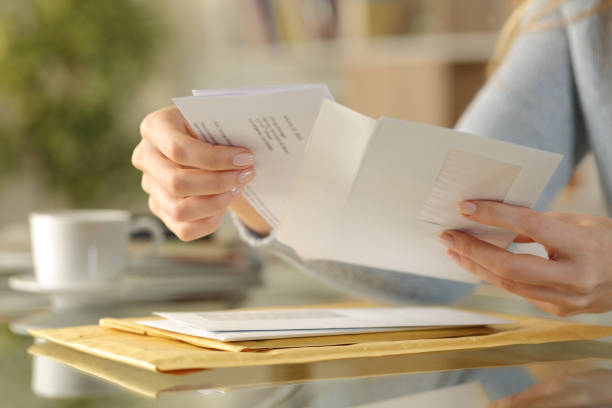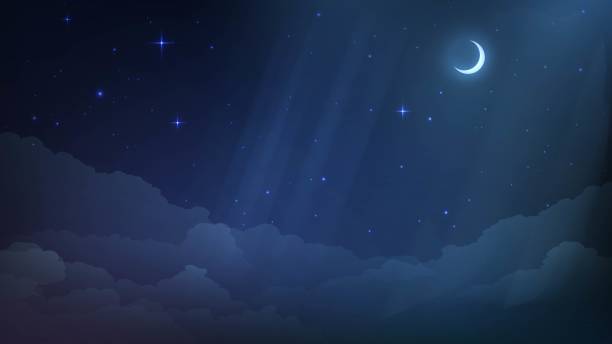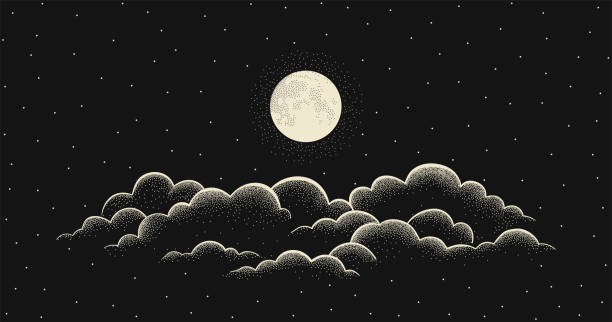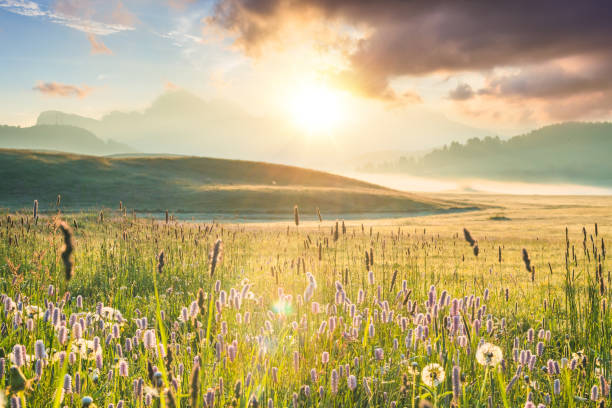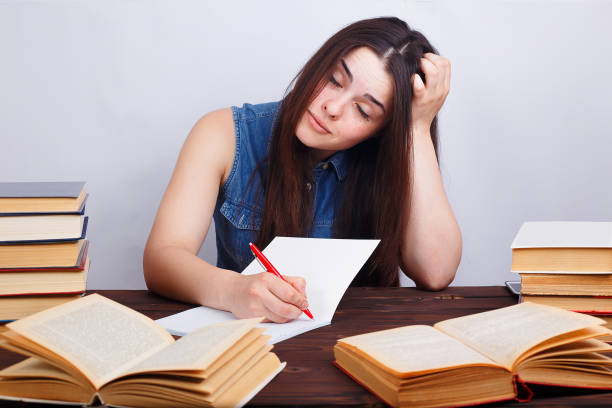How To Describe Dance Scene In Writing (13 Best Ways)
Describing a dance scene in writing is an exquisite art form, where words transform into graceful movements, and sentences become choreography for the imagination.
It’s the magic of storytelling that transcends the page, immersing readers in a world where bodies communicate through leaps and twirls, where emotions are conveyed through fluid gestures, and where the stage itself is a canvas for the human spirit.
In this guide, we embark on a journey to explore the intricacies of capturing the rhythm, passion, and visual splendor of a dance scene through the written word.
From setting the stage to diving into the souls of the dancers, we will delve into the rich tapestry of sensory details, emotions, and symbolism that breathe life into dance, allowing writers to create scenes that not only resonate with readers but move them to the very core of their being.
So, let us embark on this enthralling dance, where language becomes motion, and words become a ballet of expression, painting vibrant stories with the brushstrokes of the literary art.
How To Describe Dance Scene In Writing
Describing a dance scene in writing involves capturing the movement, emotion, and atmosphere of the performance. Here’s a step-by-step process to help you do that:
Observe Carefully
Attend the dance performance or watch it closely if it’s available through video. Pay attention to the details: the dancers, their costumes, the stage, and the music.
Set the Scene
Start by setting the stage. Describe the location, whether it’s a grand theater, an intimate club, or an outdoor space. Note the lighting, decorations, and any unique elements that create the atmosphere.
Introduce the Dancers
Describe the dancers themselves. Mention their appearance, costumes, and any unique characteristics that stand out. Are they graceful, powerful, or elegant? Highlight their individuality.
Emphasize the Music
Discuss the music that accompanies the dance. Mention the tempo, instruments, and how it complements the movements. Note if there are any changes in the music during the performance.
Highlight the Choreography
Describe the dance movements. Pay attention to the choreography – the leaps, spins, and gestures. Are the movements fluid or sharp? How do they convey the story or emotion?
Express Emotion
Emotions play a significant role in dance. Describe how the dancers convey feelings through their expressions and movements. Are they joyful, melancholic, or passionate?
Capture the Energy
Convey the energy of the performance. Is it high-energy and intense, or slow and contemplative? Use vivid adjectives to evoke the mood.
Engage the Senses
Engage all the senses. Describe the sounds of footfalls, the rustle of costumes, the scent of the air, and the feel of the performance’s energy.
Note Interactions
If there are multiple dancers, describe their interactions. Are they in sync, mirroring each other, or engaging in a complex interplay of movements?
Create Vivid Imagery
Use descriptive language to paint a vivid picture. Make use of metaphors, similes, and sensory details to transport the reader into the dance scene.
Chronological Flow
Describe the performance in a chronological order, from the beginning to the end. Take the reader through the progression of the dance.
Conclude with Impact
Summarize the climax of the dance, where the emotions and movements reach their peak. Describe the final moments and the audience’s reaction.
Edit and Revise
After writing, review and revise your description to ensure clarity, coherence, and engaging language.
Remember that the key to a great dance scene description is to convey the magic and emotion of the performance through your words, allowing the reader to experience the dance without actually being there.
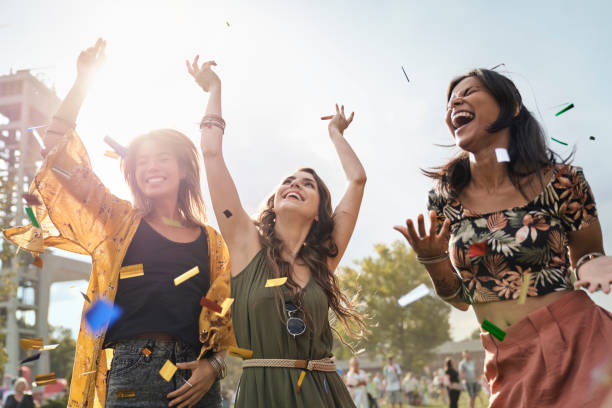
Setting the Scene
Setting the scene in your writing is like crafting the first brushstroke on an empty canvas, the beginning note of a captivating symphony, or the opening shot of a blockbuster film.
It’s the very foundation upon which your readers will build their mental stage, where your characters will dance to the rhythm of your narrative. In this creative act of world-building, you hold the power to transport your audience to a different time, place, or even a fantastical realm.
The setting is not merely the backdrop; it’s a living, breathing entity that sets the mood, ignites the imagination, and casts an enchanting spell on your readers, making them eager, curious, and fully immersed in the story that unfolds before their eyes.
So, let’s embark on a journey to conjure vivid landscapes and atmospheres that will enrapture your readers’ senses and captivate their souls.
Choose an appropriate setting for the dance scene
Selecting the right setting for a dance scene is akin to choosing the perfect stage for a timeless performance. The environment you pick can be a character in itself, shaping the dance’s tone, emotions, and visual appeal.
Whether it’s a moonlit beach where the waves provide a natural rhythm, a grand ballroom adorned with crystal chandeliers, or a gritty urban alley pulsating with the energy of the city, your choice should harmonize with the narrative, enhance the choreography, and immerse the reader in a sensory experience.
A well-chosen setting can infuse depth into your characters’ movements, injecting life and meaning into their dance, making it not just a sequence of steps but a powerful, visual narrative that resonates with your audience.
Describe the atmosphere and ambiance
Describing the atmosphere and ambiance in a dance scene is a symphony of sensory details that envelop the reader in a captivating sensory experience.
It’s the play of shadows and light, the soft rustle of curtains in a hushed ballroom, or the electric buzz of neon signs in a bustling club.
These atmospheric elements set the stage for the dance, evoking emotions and enhancing the overall mood. They can be a soft, romantic breeze that carries the scent of blooming flowers, or a palpable tension in the air that crackles with anticipation.
By skillfully crafting these sensory nuances, you transform a mere backdrop into a living, breathing entity that influences every step and gesture, immersing the reader in a world where movement and emotions are inseparable from the environment that cradles them.
Characterization
Characterization is the soulful heartbeat of storytelling, the art of breathing life into the mere ink and paper or digital bits of your narrative.
It’s the alchemical process of crafting characters who transcend the bounds of imagination, becoming friends, heroes, or even antagonists who linger in the readers’ minds long after the last page is turned.
In your hands, characters cease to be words on a page; they are complex, multifaceted individuals with quirks, passions, and dreams.
They are the secret keepers, the rebels, the lovers, and the warriors, each possessing a unique identity that unfolds through their actions, dialogue, and inner thoughts.
So, delve into the realm of characterization, where you mold your own cast of extraordinary beings, and breathe life into them until they march off the page, ready to enchant, provoke, and inspire your readers in ways only true kindred spirits can.
Introduce the dancers
Introducing the dancers is like presenting the key players in a grand theatrical production, where each performer brings their own unique essence to the stage.
These artists are more than just bodies in motion; they are the embodiment of passion, dedication, and creativity. As you unveil them to your readers, delve beyond their physical appearances to unveil their personalities, quirks, and aspirations.
Each dancer possesses a distinct energy, a history, and a motivation that fuels their every step.
Whether they are graceful ballerinas, fiery flamenco performers, or hip-hop enthusiasts, their individual stories and character traits enrich the dance scene, infusing it with depth and complexity, making it not just a performance, but a window into their souls, inviting the reader to dance alongside them in the world you’ve created.
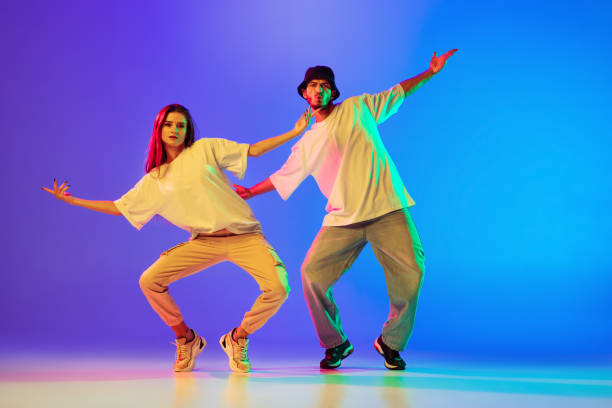
Explore the emotions and motivations of the characters
Exploring the emotions and motivations of the characters in a dance scene is akin to diving into the depths of the human soul.
These dancers are not mere bodies in motion but vessels of raw feeling, aspirations, and inner turmoil. It’s about deciphering the unspoken language of their hearts as they pirouette, leap, or twirl across the stage.
Emotions like love, yearning, triumph, or even despair infuse their movements, creating a tapestry of human experience.
By peeling back the layers of their motivations, readers are invited to connect on a profound level, to understand the profound stories that dance tells, and to be moved by the vulnerability and resilience of these characters as they express their innermost desires through the poetry of movement.
In this exploration, we unearth the universality of the human experience, reminding us that, like the dancers on the stage, we are all bound by our shared journey of emotions and dreams.
Music and Sound
Music and sound in a dance scene are the heartbeat and breath of the narrative, an auditory masterpiece that orchestrates the rhythm of emotions. Imagine it as a mesmerizing serenade, where notes and beats become a vibrant canvas on which the dancers paint their stories.
The music can be a romantic sonata that caresses the senses, a thundering crescendo that fuels the passion, or a subtle whisper that hints at the untold mysteries.
It’s not just a soundtrack; it’s the pulse that guides the dancers’ every step, transforming a simple movement into a crescendo of emotion.
The sound becomes a companion to the choreography, setting the tone, and enveloping the audience in a symphony of sensations that transcends the boundaries of mere words.
It’s the magic that makes the dance come alive, resonating in the hearts and minds of readers long after the last echo fades, leaving them forever enchanted by the harmonious marriage of music and movement.
Describe the music accompanying the dance
Describing the music accompanying the dance is like capturing a fleeting melody that echoes in the heart’s chambers long after the final note has faded.
It’s not just a soundtrack; it’s a storyteller in its own right, carrying the emotional weight of the performance. Whether it’s the haunting strains of a melancholic violin, the thunderous rhythm of drums, or the ethereal hum of electronic beats, the choice of music sets the stage for the dance’s narrative.
The genre, tempo, and nuances of the music speak volumes, painting an auditory landscape that wraps around the dancers and lifts them to the sublime.
The music becomes a character, breathing life into the choreography, infusing it with a specific mood, and whispering secrets to the dancers and the audience alike.
As you describe the music, you invite the reader to embark on a sonic journey, feeling the notes cascade through their very soul, ensuring that the dance is not just seen but heard, felt, and remembered in the cadence of its melodies.
How the music influences the dance and emotions
The influence of music on dance and emotions is a mesmerizing symbiosis, where the vibrations of sound fuse with the physicality of movement, weaving a tapestry of sentiment that leaves an indelible mark.
Music acts as a catalyst, guiding the dancers with its rhythm and melody, infusing every step with purpose and resonance. The tempo can quicken hearts, setting bodies in a frenzied whirl, or slow down time, allowing for intimate connection.
The melodies evoke emotions—joy, sorrow, passion, or serenity—tugging at the audience’s heartstrings. It’s the harmonic dialogue between the dancers and the music, where each note becomes a partner in the performance, translating feelings into choreography.
The dance becomes a mirror, reflecting the music’s soul, and the audience, in turn, experiences the symphony of emotions through the graceful, dynamic, or dramatic expressions of the dancers, leaving an enduring imprint on their hearts and minds.
Choreography and Movements
Choreography and movements are the poetry of the body, the language of the soul, and the canvas upon which dancers paint stories that transcend the boundaries of words.
It’s the intricate choreography that unveils the hidden depths of human expression, where bodies become instruments, and every step, every pirouette, every gesture becomes a brushstroke in a visual masterpiece.
The dance isn’t just a sequence of movements; it’s a narrative, a dialogue between bodies and space, a secret code that reveals emotions, relationships, and the unspoken tales that linger between the lines.
Choreography is the roadmap to a journey of the heart, where every leap and twist weaves the plot and exposes the characters’ vulnerabilities and triumphs.
It’s the magic that turns silence into eloquence and transforms the stage into a realm where dreams, desires, and stories are translated into a symphony of movements that captivate the soul.
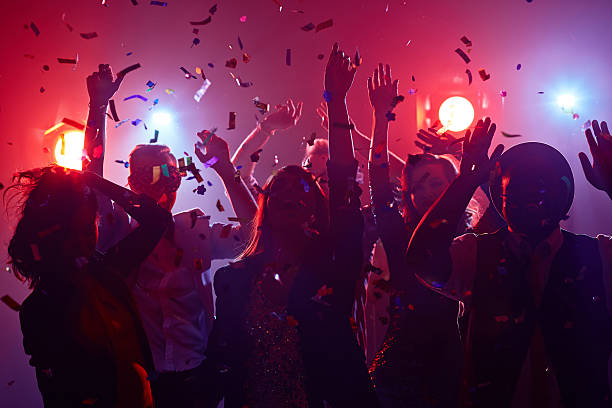
Describe the style of dance
Describing the style of dance is like unraveling the distinctive language of human expression, a choreographic dialect that speaks volumes about culture, history, and personal identity.
Whether it’s the ethereal grace of ballet, the high-octane energy of hip-hop, or the fluid storytelling of contemporary dance, each style possesses its own unique flavor.
It’s a fusion of body and soul, a visual art form that transcends mere movement. The style of dance isn’t just a label; it’s a portal to a world where bodies become poetry, and emotions flow through every limb.
As you unveil the style, you open a door to a universe of artistic traditions and innovation, where the narrative of movement takes center stage, where the dance itself becomes a character in the story.
It’s in this rich tapestry of styles that we discover the endless possibilities of human expression, inviting the reader to explore a realm where emotions, cultures, and identities converge on the dance floor, creating a vibrant and endlessly fascinating tapestry of artistry.
Discuss the choreography and specific movements
Discussing the choreography and specific movements in a dance scene is akin to dissecting a symphony of motion, revealing the hidden intricacies and emotional narratives etched into every gesture.
It’s where the alchemy of creativity meets the physicality of performance, crafting a mesmerizing sequence of steps that carry the weight of a story, a passion, or a message.
Each movement, whether it’s a graceful arabesque, a powerful hip-hop break, or a fluid contemporary sequence, is a brushstroke on the canvas of the stage.
Choreography isn’t just a sequence of steps; it’s a visual poetry that captures the essence of the dancers’ souls. It’s the swell and release of emotions, the narrative arcs played out through bodies, and the unspoken dialogues between dancers.
As you delve into the choreography and movements, you unlock the door to the language of the body, allowing the reader to decipher the stories and emotions woven into every twist, turn, and leap, immersing them in a world where movement is a universal dialect that transcends the boundaries of spoken words.
The flow of the dance
The flow of a dance is a symphony of motion, a choreographic river that carries the dancers and the audience on a journey through time and emotion.
It’s the seamless connection between movements, where each step becomes a bridge to the next, and every gesture is a note in the narrative score.
Like a captivating story, the flow of the dance has its arcs and crescendos, moments of delicate reprieve, and heart-pounding climaxes. The transitions between different movements are the threads that weave the tale, ensuring a smooth and captivating narrative.
As the dance unfolds, it becomes an organic entity, breathing, evolving, and taking on a life of its own, drawing the audience deeper into its spell.
The flow of the dance is where the magic happens, where emotions surge and stories are told, inviting readers to surrender to the enchanting rhythm and become part of the captivating narrative that unfolds before them.
Emotions and Expression
Emotions and expression are the alchemical ingredients that turn mere movement into a profound narrative that resonates with the soul.
It’s in the quiver of a dancer’s lip, the fire in their eyes, and the grace of their gestures that the invisible strings of human sentiment are plucked, creating a breathtaking symphony of feeling. Dance isn’t just a physical display but a journey through the heart, where the language of the body becomes a tapestry of emotions.
It’s the untamed joy of a pirouette, the poignant elegance of a slow waltz, or the raw, unbridled passion of a tango that speaks volumes without words.
In the world of dance, emotions are not just portrayed; they are embodied, lived, and shared, inviting the audience to partake in a visceral experience where stories are etched upon the canvas of the heart and soul.
Depict the emotions and expressions on the dancers’ faces
Depicting the emotions and expressions on the dancers’ faces is akin to unveiling the secrets of the soul, where the mask of the physical gives way to the raw, unfiltered depth of feeling.
As they move through their choreography, their faces become the canvas where emotions are painted with a palette of nuance and intensity.
The curve of a smile, the furrow of a brow, or the glistening of tears tell stories more profound than words ever could. In their eyes, one can witness the reservoir of joy, passion, heartache, or determination that fuels their every step.
The dancers’ faces are the windows to their inner world, allowing the audience to connect not only with the grace of their movements but with the vulnerability and authenticity of their emotions.
In this delicate dance between the physical and the emotional, we are reminded that it is the human experience, the joys and sorrows etched on the dancers’ faces, that transforms mere performance into a powerful, shared journey of the heart.
The connection between the dancers
The connection between dancers is a magnetic force, an invisible thread that weaves through their movements, creating a symbiotic dance of trust, synergy, and unspoken communication.
Whether they’re twirling in harmonious unity, clashing in dramatic tension, or embracing in tender intimacy, the connection between dancers is the heartbeat of the performance.
It’s the shared breaths, the mirrored expressions, and the seamless transitions that forge a palpable chemistry, transcending the realm of mere partners and choreography.
In their connection, we witness a narrative beyond the steps, where relationships, conflicts, or love stories come to life.
It’s a reminder that dance is not a solo endeavor but a shared experience, where the connection between dancers becomes a profound conversation, a dance of souls that resonates with the audience and leaves an indelible impression of human connection and vulnerability.
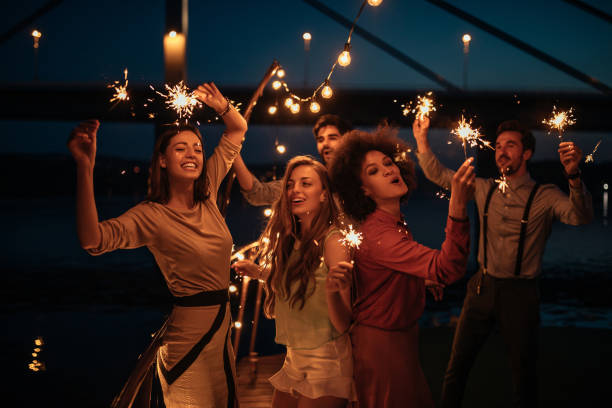
Imagery and Sensory Details
Imagery and sensory details are the brushes and colors with which a writer paints a vibrant, multisensory masterpiece on the canvas of a reader’s mind.
They’re not just words on a page; they are the alchemical catalysts that turn mere text into a sensory feast.
When you read about the gentle rustle of leaves in a moonlit forest, taste the salty tang of ocean spray on your lips, feel the heat of a scorching desert sun, or hear the haunting whispers of a forgotten love, you’re not merely reading; you’re experiencing the story in high definition.
These details are the portals to parallel worlds, inviting readers to touch, taste, smell, see, and hear the narrative in all its vivid glory.
They are the breadcrumbs along the literary path, guiding readers deeper into the immersive universe you’ve created, and ensuring that the story lingers, vivid and unforgettable, long after the final page has been turned.
Transitions and Pacing
Transitions and pacing are the conductors of the narrative symphony, orchestrating the ebb and flow of tension, emotion, and revelation.
Think of them as the gear shifts in a thrilling race or the cadence in a stirring musical composition. They are the architects of anticipation, granting the story its heartbeat.
The seamless transition from one scene to the next is like a secret passage that keeps the reader on their toes, ensuring there are no lulls but a continuous surge of excitement.
Pacing, on the other hand, dictates the rhythm, whether it’s a racing heartbeat in a suspenseful chase or a languid melody in a moment of quiet reflection.
It’s the art of timing, drawing the reader deeper into the narrative’s heartbeat or allowing them to pause and savor the emotional resonance.
When mastered, transitions and pacing transform a story into a dynamic journey, ensuring that every twist and turn leaves the reader breathless, craving more, and ultimately, satisfied.
Transition smoothly between different aspects of the dance scene
Transitioning smoothly between different aspects of the dance scene is like a choreographed dance in itself, where the narrative seamlessly glides from one moment to the next, ensuring the reader’s engagement remains unbroken.
It’s not just a bridge but a masterful sleight of hand, allowing the story to shift from setting to characterization, from music to emotions, or from movements to expressions with grace and finesse.
These transitions are the key to maintaining the reader’s immersion, avoiding abrupt jolts, and creating a cohesive and fluid narrative.
When executed with skill, they are the invisible threads that weave the tapestry of a dance scene, ensuring the emotional and sensory experiences blend harmoniously, allowing the reader to follow the performance as if they were watching it unfold in real-time.
Control the pacing to build anticipation or excitement
Controlling the pacing in a dance scene is akin to conducting a crescendo in a symphony, where the rhythm and tempo become tools to shape the audience’s emotions.
Whether you want to build anticipation like a silent pause before a breathtaking leap or ignite excitement with a quick, dynamic flurry of movements, pacing is the magician’s wand that shapes the reader’s emotional journey.
It’s about knowing when to slow down, allowing the audience to savor the intricate details, and when to quicken the beat, infusing the scene with a surge of exhilaration.
Pacing, when skillfully managed, is the storyteller’s secret weapon, manipulating the reader’s heart rate and breath, making them hang on to each word with bated breath or inviting them to dance in perfect harmony with the narrative’s rhythm.
It’s the art of suspense, the thrill of the unexpected, and the magic that keeps the reader eagerly turning the pages, all in your capable hands.
Symbolism and Themes
Symbolism and themes are the hidden treasure maps within the labyrinth of storytelling, where words transcend their surface meaning to unlock deeper, universal truths.
Think of them as the constellations in the literary night sky, guiding readers on a journey through the rich tapestry of the narrative.
Every symbol, every recurring motif, and every underlying theme is a secret handshake between the author and the audience, inviting readers to decode layers of meaning, explore moral quandaries, and venture into the enigmatic landscapes of human existence.
The beauty lies in the intricacy; the ordinary becomes extraordinary, and the mundane is imbued with profound significance.
These literary devices are the key to inviting readers to embark on an adventure where the destination is not a physical place but a realm of enlightenment, reflection, and understanding.
Like breadcrumbs along a winding path, symbolism and themes beckon readers to follow and unearth the treasures of insight and enlightenment hidden within the narrative’s labyrinthine folds.
Explore any symbolic elements in the dance
Exploring symbolic elements in the dance is like unraveling a tapestry of hidden meanings and metaphors, where movements become a language and gestures become whispers that carry profound messages.
These symbols, whether they’re the delicate placement of a hand, the arching of a back, or the choice of colors in a costume, are the subtext of the performance.
They transcend the boundaries of the choreography to convey universal themes, emotions, or cultural insights. Each step becomes a brushstroke in a larger canvas of symbolism, inviting the audience to decipher the narrative beneath the surface.
It’s the silent conversation between the dancers and the viewers, a connection where the unspoken is eloquent. When the audience discerns these symbolic elements, the dance scene transforms from mere performance to a journey of exploration, awakening, and revelation.
It’s a poetic dance of interpretation, where the readers and viewers alike are invited to become active participants in the profound storytelling that unfolds before their eyes and in their hearts.
Relate the dance to broader themes or motifs in your story
Relating the dance to broader themes or motifs in your story is like weaving a golden thread of significance through the tapestry of your narrative.
The dance becomes a microcosm of the greater human experience, a vivid reflection of the themes and motifs that resonate throughout your work.
Whether it’s the dance as a symbol of liberation, a metaphor for the human condition, or a representation of love’s transcendent power, it adds layers of depth to your storytelling.
The choreography becomes a mirror, reflecting the central ideas and dilemmas of your narrative, enhancing their resonance and imbuing the dance with a profound narrative weight.
By drawing these connections, you invite the reader to not only appreciate the dance but to grasp its significance in the larger context of your story, forging a more profound and lasting impact that lingers in their thoughts long after the final bow.
Frequently Asked Questions (FAQ) about How To Describe Dance Scene In Writing
Why is it important to describe a dance scene in writing?
Describing a dance scene in writing is crucial because it brings a sensory and emotional dimension to your narrative. It allows readers to vividly experience the performance, fostering a deeper connection with the characters and the story.
How can I choose the right setting for a dance scene?
Select a setting that complements the dance style and enhances the mood. Consider factors like lighting, ambiance, and the atmosphere you want to convey.
What are some techniques for depicting the emotions of the dancers?
Use descriptive language, character perspectives, and sensory details to convey the dancers’ emotions. Explore their expressions, body language, and inner thoughts.
How do I effectively describe the choreography and specific movements?
Break down the movements into specific steps or sequences. Use descriptive language, metaphors, and vivid imagery to convey the grace and intensity of each movement.
What role does music play in describing a dance scene?
Music sets the tone and influences the dance’s mood and rhythm. Describe the genre, tempo, and how the music interacts with the choreography and emotions.
How can I create a seamless transition between different aspects of the dance scene?
Transition smoothly by using transitional phrases, maintaining a consistent tone, and ensuring that the narrative flows logically from one aspect to another.
Why is symbolism important in describing a dance scene?
Symbolism adds depth and layers of meaning to the dance. It can be used to convey themes, character development, or cultural elements, enriching the narrative.
How can I relate the dance scene to broader themes in my story?
Connect the dance scene to central themes or motifs by using symbolic elements, character experiences, and emotions to create a meaningful narrative resonance.
What’s the significance of pacing in describing a dance scene?
Pacing is essential for building anticipation, excitement, and emotional depth in the scene. It controls the rhythm of the narrative, enhancing the reader’s engagement.
What role does the connection between dancers play in describing a dance scene?
The connection between dancers enhances the emotional impact of the dance. It’s a crucial element for conveying relationships and communication between characters through their movements.
Conclusion
In conclusion, describing a dance scene in writing is an intricate and captivating endeavor that marries the literary arts with the art of movement.
It’s an opportunity for writers to transport readers into a realm where words paint vibrant choreography, emotions resonate through the pages, and the dance itself becomes a powerful character in the narrative.
From setting the scene and characterizing dancers to exploring the emotions and symbolism, this guide has unveiled the tools and techniques to craft dance scenes that inspire, enchant, and move the audience.
As the final curtain falls on this exploration, remember that the magic of dance lies not only in the movements but in the words that bring those movements to life, creating a dance of imagination and emotions that lingers long after the last page has been turned.
So, let your pen become a dancer’s grace and your words a choreography of the soul, and transport your readers into the mesmerizing world of dance through the power of your writing.

